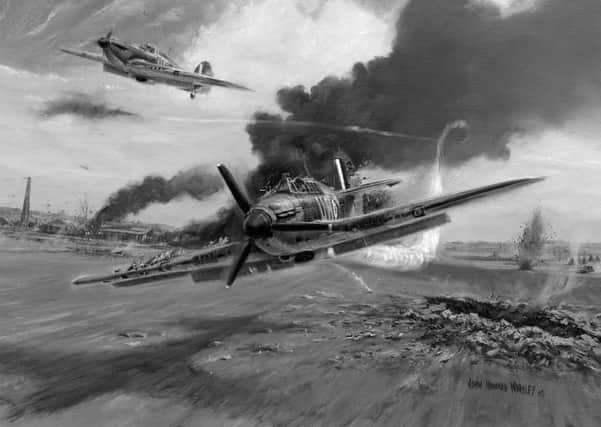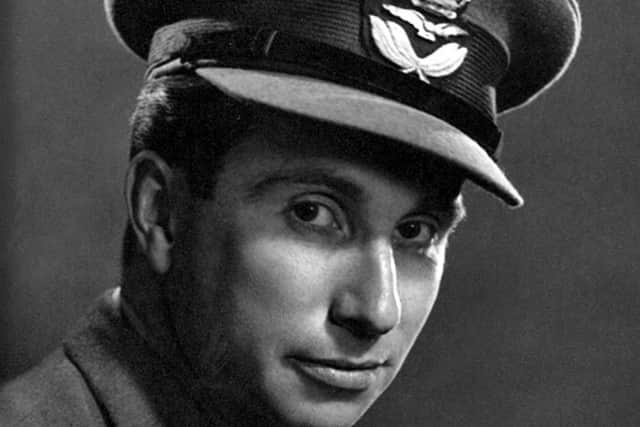Nostalgia: The story of Tangmere hero Billy Fiske


Who was Billy Fiske, and why is he buried in Boxgrove churchyard, and what made him so special that prime minister Winston Churchill arranged for a tablet in his honour to be placed in the crypt of St Paul’s Cathedral?
Fiske was born on June 4, 1911 in Brooklyn, New York, the son of a wealthy banking family.
Advertisement
Hide AdAdvertisement
Hide AdHe was sent to a boarding school in Oxfordshire, England to prepare for university entrance and went up to Trinity Hall, Cambridge in 1928 where he read history and economics. He packed a lot into the few years between his time at Trinity Hall and his return to England in 1938 for a spell at the London office of Dillon, Reed and Co, the New York bankers, his father’s firm.


He was an accomplished sportsman, having led the bobsleigh team to a gold medal for the USA in the Winter Olympics of 1928 at St Moritz when he was only 16 years old. Fiske again won a gold medal at the 1932 Winter Olympics at Lake Placid, New York.
He had tried his hand at motor racing, having entered the Le Mans 24-hour event as a co-driver in 1930.
He also managed to fit in a bit of flamboyant entrepreneurship, financing a couple of Hollywood movies (including the first Hopalong Cassidy film).
Advertisement
Hide AdAdvertisement
Hide AdFiske first learnt to fly at an aerodrome near London and married Rose Bingham, the former Countess of Warwick, at Maidenhead in 1938. That same year he volunteered for service in the RAF in the wake of the Munich Crisis and in September 1939, returned to the UK from New York and was interviewed and accepted into the RAF.
On April 12, 1940, Fiske was commissioned as a pilot officer and on completion of his training he was posted to No 601 Squadron at Tangmere.
On July 20, he undertook his first two operational sorties in quick succession in Hurricane L1951.
At this time, south east England was under frequent attack by the Luftwaffe, and it was not unusual for his squadron to be scrambled up to four times a day.
Advertisement
Hide AdAdvertisement
Hide AdOn August 16, a formation of Junkers Ju87 Stuka dive-bombers was seen approaching from the east, clearly intent upon attacking Tangmere aerodrome.
The Operations Record Book of No 601 Squadron notes that Pilot Officer Fiske took off in Hurricane P3358 at 1225 hours.
Squadron Leader Sir Archibald Hope led the squadron, which was ordered to intercept the enemy at 12,000 feet. The Stukas began their attack and in 20 minutes inflicted considerable damage on the airfield.
During the raid, Billy Fiske’s Hurricane was seen by eyewitnesses to return to the airfield and to glide over the boundary and land on its belly.
Advertisement
Hide AdAdvertisement
Hide AdAircraftsman Faulkner and Corporal Jones, nursing orderlies, were the first to reach the badly-injured Fiske and in spite of the bombing, pulled him from the blazing cockpit.
Both men were later awarded the Military Medal for their bravery on that day.
After being attended by 601’s doctor, Courtney Willey, Fiske was taken to the Royal West Sussex Hospital in Chichester, but sadly died from his injuries and shock the next day.
Billy Fiske’s funeral was conducted with full military honours and took place at Boxgrove Priory on August 20, 1940. As the coffin, covered with the Union Flag and the Stars and Stripes, was borne on a bier to the Priory, members of the Central Band of the RAF played funeral marches.